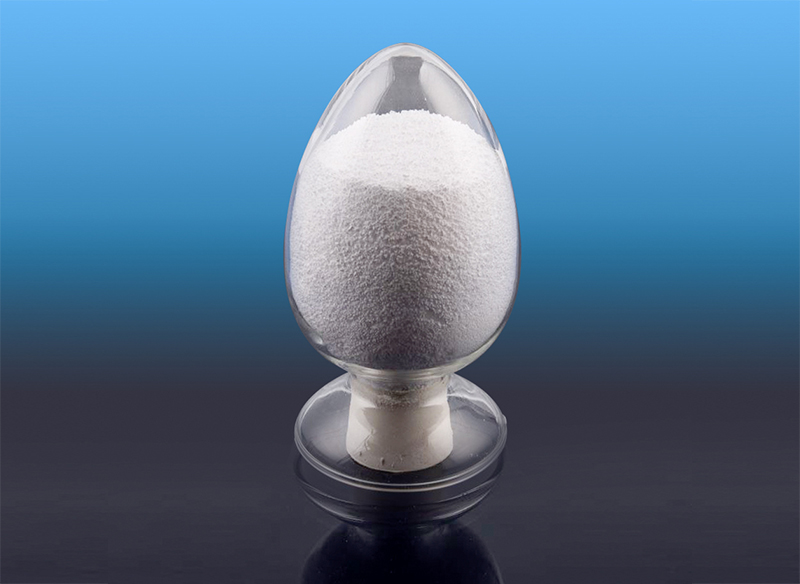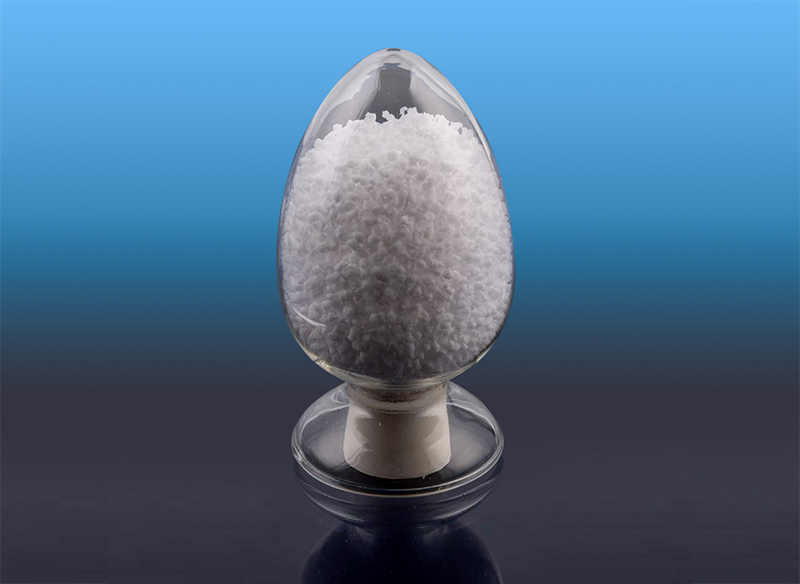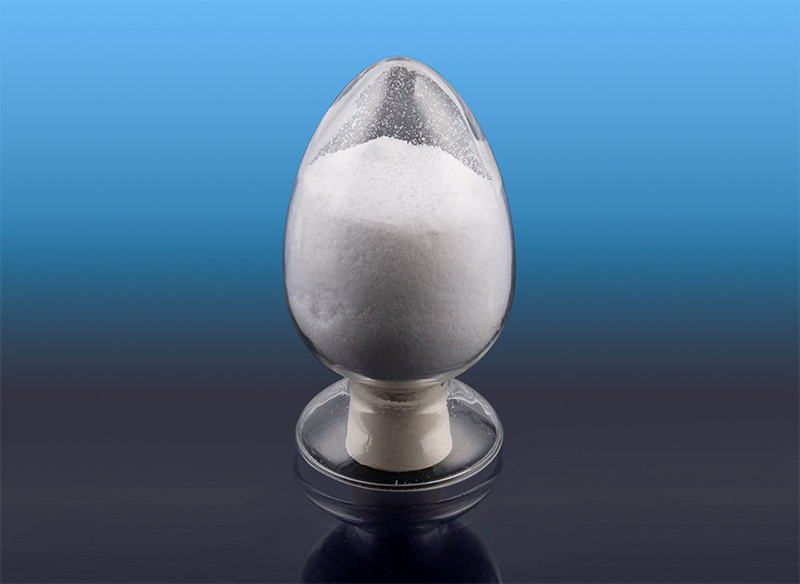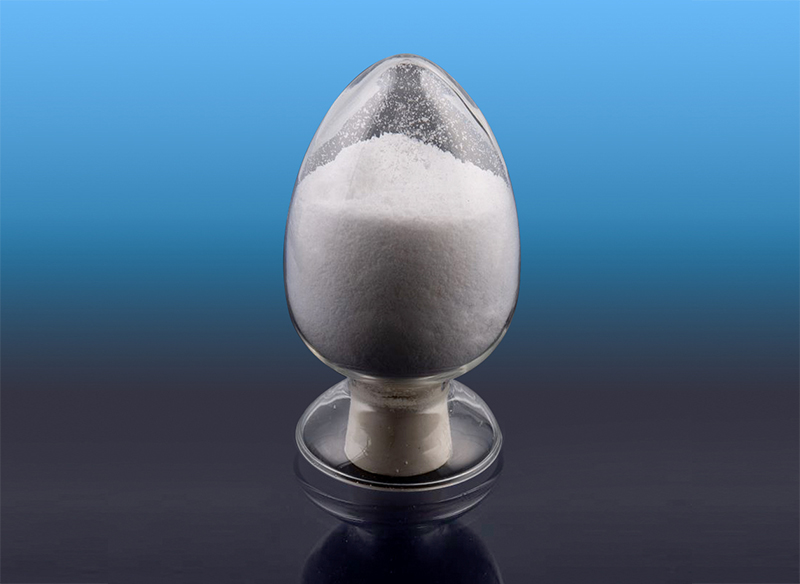Hydrogenated Isoprene Polymer (EP): Advanced Material Science and Industrial Applications
Polymer chemistry has long been at the forefront of material innovation, with researchers continuously seeking ways to improve the performance characteristics of naturally occurring or synthetic rubbers. Among these, hydrogenated isoprene polymer (EP) stands out due to its unique molecular structure and superior physical properties compared to its non-hydrogenated counterpart — natural rubber or conventional polyisoprene.
The hydrogenation process involves the selective saturation of carbon-carbon double bonds within the polyisoprene backbone, reducing susceptibility to oxidative degradation while preserving the polymer’s elasticity and flexibility. The resulting material, EP polymer, exhibits enhanced resistance to heat, ozone, and UV radiation, positioning it as a critical component in demanding environments where longevity and reliability are paramount.
Chemical Structure and Synthesis
At the molecular level, EP polymer is derived from the catalytic hydrogenation of 1,4-polyisoprene, a linear diene polymer most commonly found in natural rubber. While natural rubber consists of cis-1,4-polyisoprene with unsaturated chains, hydrogenation converts the double bonds into single bonds without altering the overall chain architecture significantly.
This semi-saturated structure imparts several advantages:
Reduced unsaturation : Minimizes reactive sites vulnerable to oxidative and thermal degradation.
Improved crystallinity : Enhances tensile strength and load-bearing capabilities.
Enhanced compatibility : Allows blending with other polymers such as polyolefins and thermoplastic elastomers for composite material development.
Modern synthesis techniques employ homogeneous or heterogeneous catalysts based on transition metals like palladium, ruthenium, or nickel, enabling precise control over the degree of hydrogenation and microstructure formation.
Mechanical and Thermal Properties
EP polymer distinguishes itself through a balanced combination of elasticity and resilience, even under extreme conditions. Key mechanical and thermal attributes include:
High tensile strength : Typically ranging from 15–25 MPa depending on formulation and crosslinking density.
Elongation at break : Maintains values above 400%, ensuring flexibility and deformation recovery.
Heat resistance : Capable of withstanding continuous service temperatures up to 130°C, with short-term exposure up to 150°C.
Low compression set : Demonstrates minimal permanent deformation after prolonged compression, ideal for sealing applications.
Ozone and UV resistance : Unlike natural rubber, EP polymer does not degrade rapidly when exposed to environmental stressors.
These characteristics make it particularly suitable for use in dynamic mechanical systems and outdoor applications where long-term performance is essential.

Industrial Applications
Due to its robustness and adaptability, EP polymer finds application in a wide array of technical fields:
1. Automotive Industry
Used extensively in engine mounts, timing belt covers, and vibration dampening components due to its ability to absorb mechanical shocks and resist oil swelling.
2. Aerospace Engineering
Employed in aircraft sealants, gaskets, and insulation layers that must endure fluctuating temperatures and pressure extremes.
3. Medical Device Manufacturing
Biocompatible grades of EP polymer are utilized in prosthetic liners, catheter sheaths, and wearable health sensors where flexibility and skin contact safety are crucial.
4. Industrial Sealing and Gasket Production
Valued for its low permeability and excellent sealing performance in hydraulic systems, compressors, and pumps.
5. Electrical Insulation
Utilized in cable jackets and insulating tapes due to its dielectric properties and resistance to environmental aging.
6. Sporting Goods and Wearables
Incorporated into athletic footwear midsoles, protective gear padding, and smart wearable interfaces for comfort and impact absorption.





